Ansys博客
February 26, 2024
Ansys Rocky 2024 R1版本新功能
在2024 R1版本中,Ansys Rocky不断完善高精度的离散元法(DEM)仿真的功能,以继续满足客户的需求。该版本重点关注多物理场,提供全新的光滑粒子水动力学(SPH)功能,并优化用户体验,从而在粒子动力学仿真中创造无限的可能性。
让我们一起来了解一下部分新功能。
Rocky和Mechanical之间的双向热耦合
该版本通过支持与Ansys Mechanical的双向热耦合,实现了热分析功能的重大突破。
用户现在可以运行热仿真,其中颗粒和设备在热分析中同时相互影响,从而增强了对热传递过程的洞察分析能力
粗颗粒建模
粗颗粒建模功能已扩展到包括液桥附着力模型和SPH-DEM耦合,从而允许对更复杂的颗粒仿真进行加速。
改进的可视化分析
颗粒透明度功能对于可视化分析非常有用,主要用于具有壳体颗粒形状(如塑料袋、树叶、薯片、织物等)的仿真。
使用Rocky提升SPH功能
通过利用新的先进SPH功能来增强结果处理,探索流体仿真的新视角。
不可压缩SPH(iSPH):通过此测试版模块,您可以使用新算法计算压力,与默认的SPH公式相比,其可将仿真速度提高四倍。
壁面上的传热系数:您现在可以计算壁面上的传热系数(HTC),以便对设备进行对流热分析。
SPH点云空气阻力附加模块:此测试版功能考虑了使用Rocky的SPH求解器分析液相时,在与Ansys Fluent的单向耦合场景中代表气流的静态速度矢量场的相互作用。
非牛顿模型:对于番茄酱这类流体的流动,需要使用非牛顿粘度表示法来进行正确建模和仿真。Rocky具有三个新的粘度模型,使用户能够捕获非牛顿流体的行为。

在Ansys Rocky和Ansys Mechanical中,对管道内部SPH流体流动与几何结构上施加的热源之间进行双向热耦合仿真(左图)。两者都通过系统耦合进行了计算,然后通过Ansys EnSight对热传递进行了后处理(右图)。
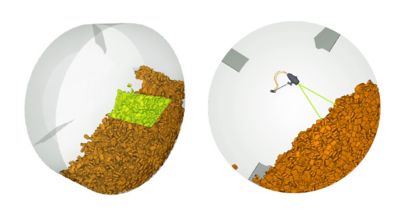
通过粗颗粒建模仿真,您可以估计颗粒之间的涂层分布。液桥附着力在颗粒的动力学中发挥着重要作用,其现在可以通过Rocky中的粗颗粒模型进行加速。
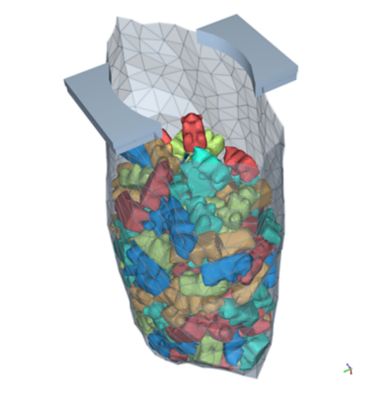
在塑料袋运输仿真中,可以将代表塑料袋的壳体颗粒设置为透明,从而能够分析其中的内容物。
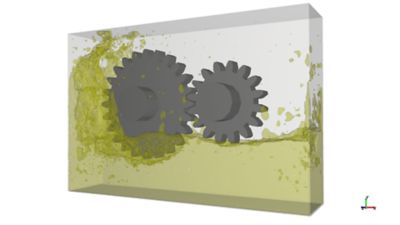
齿轮运动产生的气流会显著影响高速变速箱仿真。其对流体流动的影响,可通过Rocky中的SPH点云空气阻力模块表示。
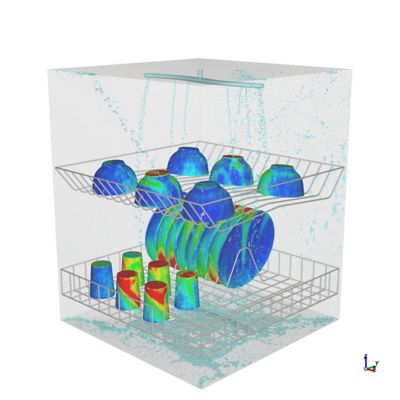
累积润湿时间和切向应力,是评估洗碗机设备设计效率所需的关键分析因素。
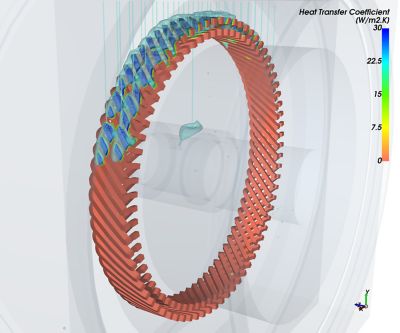
评估电机的冷却性能在很大程度上依赖于热仿真,其中,传热系数分析发挥着关键作用。
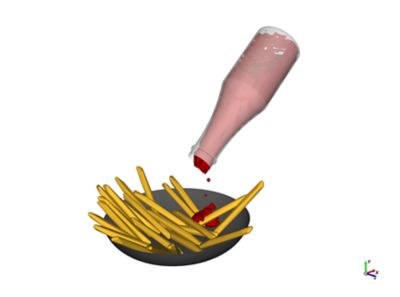
对于番茄酱这类流体的动力学,需要使用非牛顿流体物性表示法来进行正确建模和仿真。
探索Rocky的新用户界面
Rocky提供了一个新的界面,以提供更佳的使用体验,新界面的特性包括:
- 新的鼠标控制。在Ansys产品系列中,平移、缩放和旋转控件现已实现标准化。
- 新的默认主题。采用新的标准化Ansys风格界面之后,Rocky以深色模式作为其默认主题,

该主题界面可为用户带来完善而成熟的操作体验。
PyRocky:新开发者生态系统的兴起
借助PyRocky,开发人员和工程师能够更有效地利用Python的功能,从而实现高效的前处理、后处理和Rocky仿真的数据提取。通过利用Python客户端库,工程师可以自动化执行重复性任务,定制工作流程,并根据其独特的工程需求创建定制解决方案。

如欲了解有关Ansys Rocky新功能优势的更多信息,请联系我们。